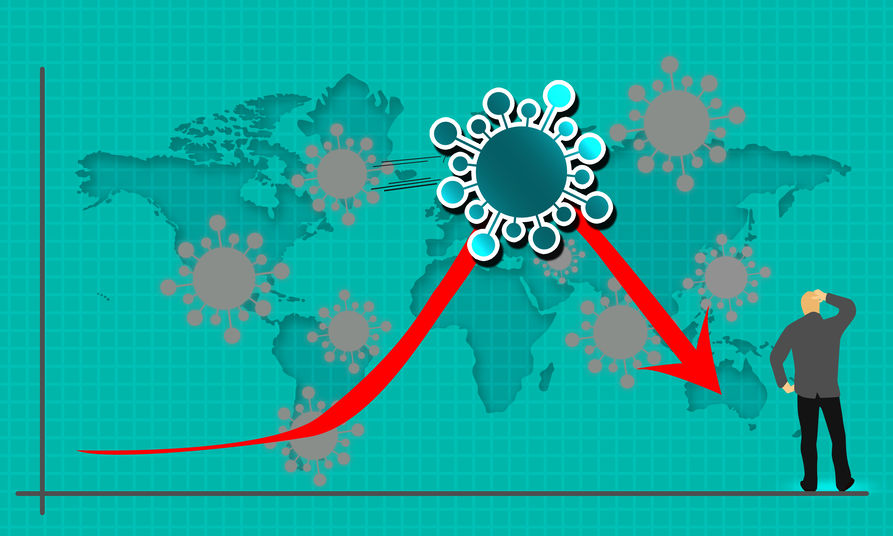Activity 3i - COVID-19 and Common Access resources

- Common access resources (CARs) are rivalrous in consumption and non-excludable. This means that many CARs can be accessed freely and tend to be overconsumed (there is no price rationing). For example, with respect to fish, when consumed at a rate that is not sustainable, the excessive consumption may reduce the amount available for future generations. This imposes a cost on future generations who might suffer from reductions in living standards. A common access resource like the atmosphere is also used as a receptacle for humanity’s waste. This means that in an unregulated market consumers are free to release carbon dioxide into the atmosphere which contributes to climate change. Climate change is predicted to result in more erratic weather patterns and cause damage to infrastructure and cause other supply disruptions that will impose costs on future generations (the third party in this case).
- As mentioned in part 1, common access resources are rivalrous; this means that consumption by one person reduces its availability for someone else. It is also non-excludable. In this case, it means that the good can be accessed without payment (no one can be prevented from consumption). Oceans can be considered a common access resource, especially the resources that are contained within them and the fact that the ocean is used as a receptacle for our waste. It is free to use, exploit and pollute the ocean in an unregulated market. Over time, this exploitation and pollution reduces the viability of the ocean for future generations and for the marine life that shares the ocean.
- Disposable face masks, are unlikely to be recycled so they end up in landfill or if disposed of without care, end up in our waterways. This links back to question 2, because when they are in the oceans this reduces the ability of future generations to use the oceans. When they wash up on beaches around the world, it reduces the enjoyment of others and may make the beach less accessible for others.
- Covid-19 led many people to work from home and reduced their ability to travel via airplane. This reduced the release of Carbon dioxide into the atmosphere and allowed many cities to have less polluted environments. Other possible examples:
- People started to grow and make their own food – this reduced food miles and therefore may have also reduced the emissions of CO2
- At one stage during the Victorian lockdown, people were not allowed to travel more than 5 kms from their house. This too reduced driving and reduced the associated pollution.
- Possible government interventions:
- A tax on face masks
- Fines for illegal disposal
- Education/awareness campaigns encouraging people to do the right thing (nudges)
